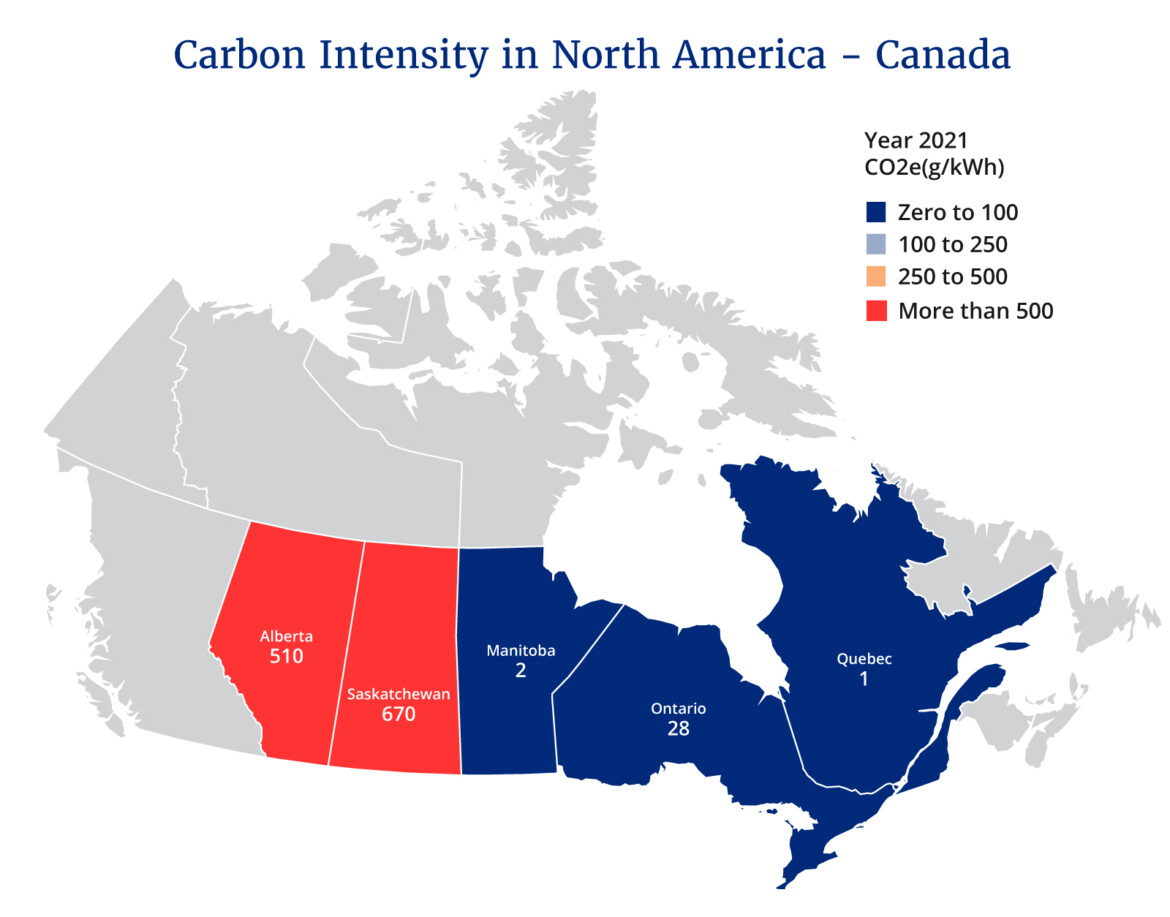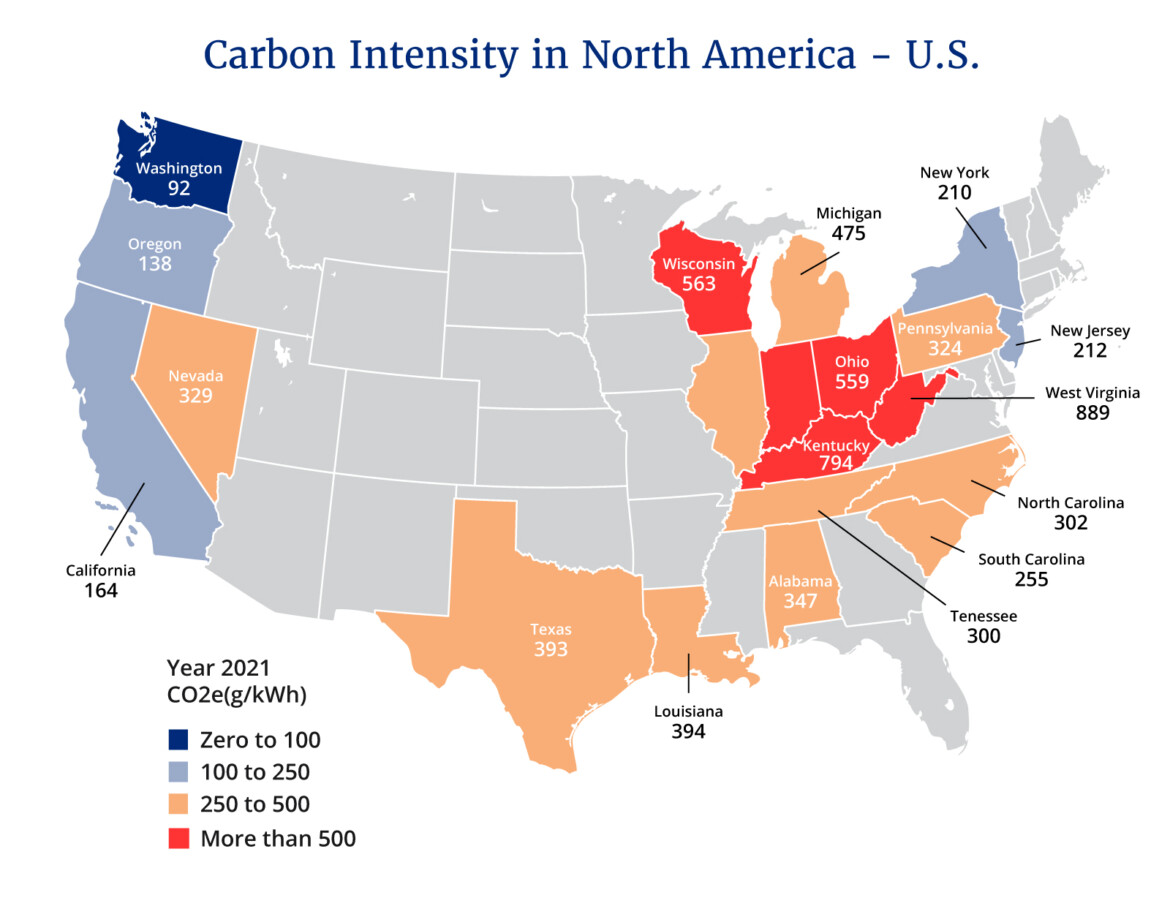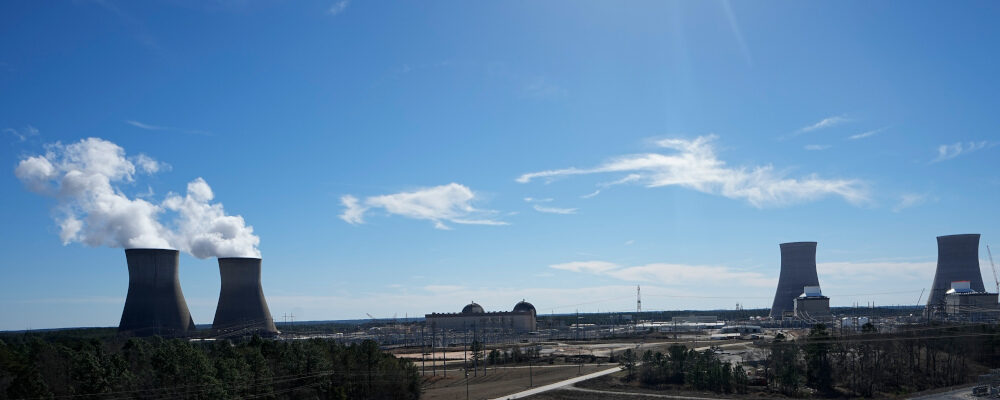Cheap electricity has long been vital for economic competitiveness, but in today’s modern environment, being cheap is no longer enough. Clean generation of electricity is becoming more and more important. Having made incredible strides at reducing the provincial electricity sector’s emissions by eliminating coal-fired electricity generation, Ontario cannot afford to reverse course on a cheap, low-carbon electricity grid.
Fortunately, Canada’s largest province has shown it is thinking proactively about this issue with its comprehensive and recently-released plan, “Powering Ontario’s Growth.” While it features many aspects, including energy efficiency, transmission, and new procurement methods, much of the province’s plan to meet future electricity demand turns on a massive expansion of nuclear energy. The announcement of the expansion of the Bruce nuclear generating station is nothing short of Canada’s most significant public infrastructure project in a generation.1Three days later, the government announced an additional three small modular reactors (SMRs) to be built at Darlington, for a total of four. The plan also indicated a strong preference for keeping about two-thirds of the soon-to-be decommissioned Pickering nuclear station online.
The province is acting on the advice of the Independent Electricity System Operator (IESO), the arms-length government agency that is responsible for providing a stable grid. As shown in the graph below, they have predicted that by 2042, peak electricity demand in the province will increase from about 24GW (gigawatts) to just under 32GW. This is compounded by the fact that the IESO has projected that Ontario will face a power supply gap by 2025, and so is rapidly moving to secure enough generation for the short term, primarily filling that gap through new natural gas generation.

The announced plans at Bruce and Darlington would add 6000MW (6GW) of new clean generation, helping to substantially close the power gap projected by IESO. Combined with the 4000MW of new generation to be acquired in the next two years, this will effectively close the gap between supply and demand. (Ontario is not contesting the 2024 decommissioning of Pickering Unit A, removing about 1000MW).
If the Bruce project is completed as announced, it would become the largest nuclear power plant in the world, surpassing the Kori nuclear station in South Korea. It would also become the fifth-largest power-generating station of any type in the world.2The larger four power stations are supersized hydroelectric generating stations, including three mega-dams on the Yangtze River in China, and the Itaipu Dam in Brazil. All signs indicate that it will also be Canada’s first experience with a private company (Bruce Power) constructing nuclear reactors, a sea change from the days of government-run utilities of Ontario Hydro, Hydro-Québec, and New Brunswick Power building these projects.3The new SMRs at Darlington are set to be built by Ontario Power Generation (OPG) and are to be the first SMRs built in the West.
Of course, these accolades are nice to have, but it wouldn’t make sense to do these projects without economic rationale and political alignment. Thankfully, there are clear economic and policy grounds for Ontario to pursue this path.
Lower cost, higher consistency
Critical to any electricity development is the expected cost to generate the electricity at the new site, which has a key role in determining the viability of a project. The price of Ontario nuclear is below the cost of firing up a natural gas-fueled generation station, which drives the overall cost of the system down, helping make overall Ontario electricity prices cheaper and reducing exposure to volatile natural gas markets.
Critics may say that even at that price, nuclear power costs more than renewable sources like wind and solar, which is true, especially as costs have fallen dramatically in solar in recent years. But the issue is that Ontario lacks sufficient generation potential in those sources to power future electricity demands in meaningful ways. In the plan, Ontario reaffirmed that any new projects will also require municipally approved resolutions to proceed, which is likely to slow any new renewable growth in rural Ontario. And until sufficient battery technology is developed to enable long-term storage, what wind and solar we do have will remain inherently intermittent, in contrast to nuclear, which is a guaranteed reliable power supply.
More jobs
In keeping with their pro-union stance, the Government ensured that it lined up unions to support this policy path, receiving endorsements from the Power Worker’s Union, the Society of United Professionals, and the Ontario Provincial Building & Construction Trade Council. This aligns with the political objectives as outlined by Ontario’s Minister of Labour Monte McNaughton in this outlet, and building new reactors at Bruce and Darlington will see thousands of blue-collar jobs created over years of construction. On top of the on-site jobs, Ontario’s robust nuclear supply chain industry will see increased investment from this project, both in construction and future demand from new sites.
Investment advantage
The new investments the province is receiving in electric vehicle manufacturing have a fundamental advantage in being powered by a much cleaner grid than our U.S. competitors, so much so that in their news release Volkswagen named this as part of the reason they chose Ontario.


As momentum continues to build around carbon border adjustments (essentially tariffs on products from high-emission jurisdictions) in the EU, Canada, and the U.S., being able to manufacture using clean power will become ever more important, giving Ontario another clear advantage in the constant global battle for private investment.
Smart politics
Finally, the politics of this make sense as well, as Premier Ford was re-elected on a pro-building, pro-union message of Ontario talent, and this aligns perfectly with his brand and objectives. This project will be Canada’s first nuclear station expansion since the 1980s and presents a prime opportunity to contrast a successful private sector entity in Bruce Power with the bankruptcy (caused largely by nuclear project cost overruns) of the public sector Ontario Hydro. For OPG, the chance to build and export SMRs to places like Poland and Saskatchewan represents a major potential new revenue source. Subtlety playing OPG and Bruce against each other is good for sectoral competition, internal cost control, and should not impact safety measures since both will be reporting to the Canadian Nuclear Safety Coalition.

The clear and present danger for the government is that the costs of the nuclear expansion run seriously overboard, causing public backlash, project cancellations, and wider economic unrest.4Ontario must maintain public buy-in by allowing the Canadian Nuclear Safety Commission to do its world-leading nuclear safety regulation, but must also clear all unnecessary delays from the project path. It will be a fine line to walk, but the premier has shown an appetite for this type of policy in the past, with the speed of the construction of the Ontario Line being the most prominent example. There has been a systemic reason that nuclear power in the West has been stagnant, with costs ballooning and delays becoming insurmountable to project feasibility. In the U.S., there have only been two new nuclear units constructed since 1996. Both have ended up costing vastly more than projected costs, run seriously behind on timelines, and bankrupted utilities and Westinghouse. If Ontario hits these same issues, economic growth could be seriously imperiled, as inflated costs would be passed on in higher electricity prices, an issue the government spent serious political and financial capital on combatting in its first term. The new SMRs are especially risky, given that first-of-a-kind nuclear projects are especially prone to cost and time overruns.
To counteract this, the policy must insulate the Ontario electricity ratepayer, potentially by seeking increased risk or cost overruns to be taken on by Bruce Power, and serious public oversight of the costs at Darlington. Future discussions should consider how incentives for path dependency may lock Ontario into outcomes that will be disadvantageous, and how to avoid them.
Expansion of Ontario’s nuclear capacity is a tremendously exciting project, with generational potential to put Canada and Ontario into a class of their own in a high-value, critical sector of the global economy, rebounding in our own economy in ways we cannot fully know. As Edward Greenspon and Sean Speer wrote, “It’s time to become ambitious builders again”. We should meet the possibilities this vision can bring us with enthusiasm and fortitude, and recall that while the challenges will be many and the road to successful completion long, Ontario has always met challenges with zeal and aplomb.




